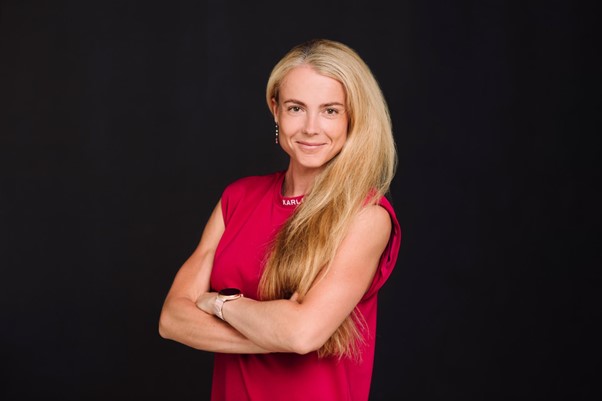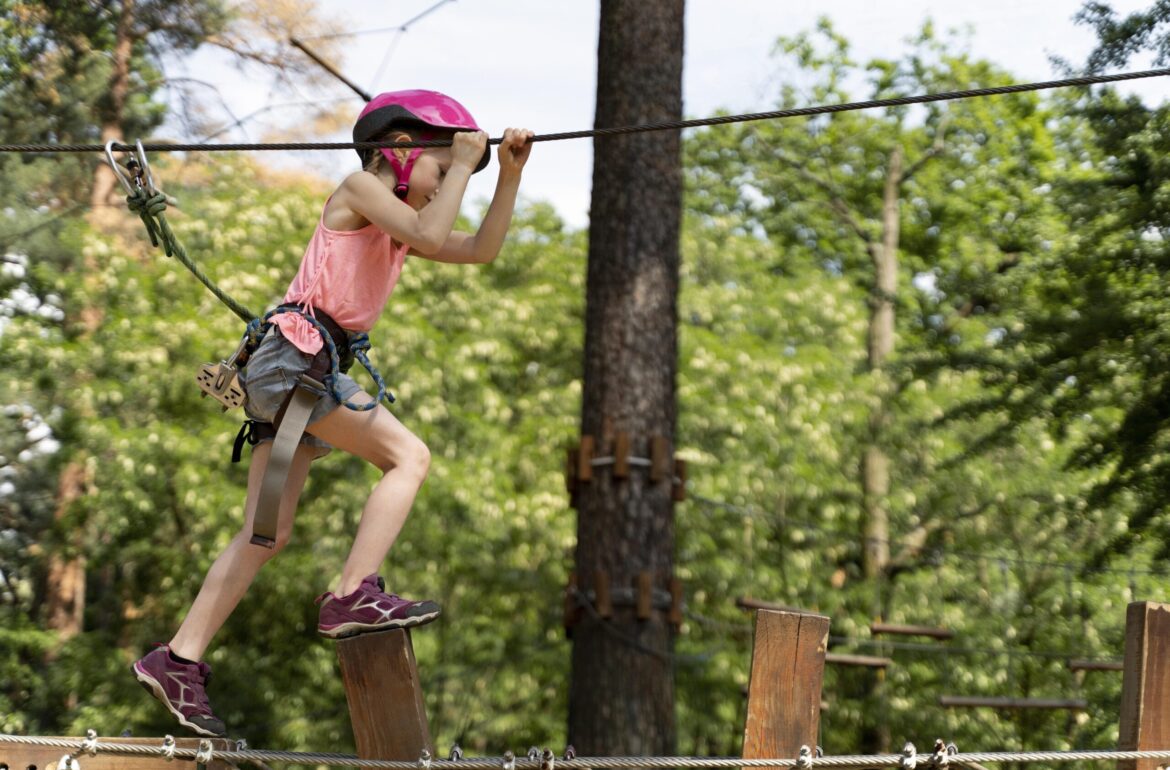But the reason may surprise you.
You’re probably aware by now of the amount of processed food we eat and that whilst we’ve been breathing in traffic fumes on the road for years, we’ve learned there are microplastics in the water we drink as well. The world around us is changing and affecting our health, right? Actually, with cancer, and especially with childhood cancer, simple answers don’t exist. Cancer cases are on the rise worldwide, and we don’t completely understand why yet.
In her PhD dissertation, Keiu Paapsi, a scientific researcher at Estonia’s National Institute for Health Development, is researching the data on young cancer patients. In Estonia, the number of cancer cases in children and young people has increased by an average of 1.1 per cent annually over the last 50 years. For children aged 0 to 14, the increase has been 0.6 per cent per year.
Modern science currently considers it as something of an inevitability. As we get older, lifestyle and choices affect our health. With young children, the story is a little different. The biggest factor contributing to the growing number of cancer cases Paapsi has seen is the reduced rate in child deaths at birth. Child mortality in Estonia is close to zero, which makes Estonia one of the safest countries to be born, according to UNICEF.
As most children now survive and go on living thanks to medical interventions, some may develop cancer. It’s not something we can control, but it adds to the statistics. “We became good at keeping babies alive, especially premature babies,” said Paapsi. “But the main reasons for child mortality are tumours and accidents.”
In the case of a genetic syndrome, cancer will certainly be present; it’s just a matter of when. “The current best science concludes that cases like that are inevitable,” Paapsi said.
Many studies have tried to look at the links between various factors. For example, how does a mother’s obesity or smoking affect the chances of cancer developing in unborn babies? There isn’t any certainty. There have been some tenuous links found, for instance, between the mother’s age and pediatric cancer.

Estonia’s Cancer Control Plan 2021–2030 includes a chapter on child cancer for the first time, showing the growing importance of the topic. “In Estonia, there is no population-based registry of children’s tumors,” suggest the document’s authors. This means that taking part in international cancer research is complicated, and ultimately, children won’t be able to access the most advanced treatment.
For children aged 15 and older, the behaviour influences their health more. For example, there are increasing cases of the human papillomavirus, better known as HPV, an infection transmitted sexually from person to person.
“We have a lot of free sexuality these days,” Paapsi explains. 50 years ago, 20-year-olds didn’t have dozens of sexual partners. Today, it’s completely fine. They add to the statistics. For females, it can lead to cervical cancer. Luckily, vaccines are available to prevent the infection from spreading.
Cervical cancer is preventable with a screening test. Women who are active sexually in their 20s should go for regular screenings. Paapsi encourages everyone to find out the cancer cases in their family. If someone has had breast cancer in their family, for instance, In Estonia, you can get a genetic test to know your risk.
It’s not all doom and gloom. The chances of young cancer patients surviving are constantly growing.
Growing survival rate
Paapsi participated in a recent Europe-wide study where the researchers compiled data on over 130,000 children aged 0 to 14 in 31 European countries. The results were promising.
The 5-year survival for all childhood cancer combined in Europe in 2010–14 was 81%, showing an increase of three percentage points compared with 2004–06. The 15-year survival projection was 78%.
In Estonia in the 1970s, only about a quarter of children who had cancer survived. Now, it’s four children out of five.
A cancer diagnosis no longer means the end of life. It doesn’t mean we should live in fear.
“We never say that you shouldn’t eat, have sex and sunbathe,” Paapsi said. “Our message is simple: be aware. Ultimately, you are free to do whatever you like with your health, as long as you care for your and others’ health.”
Written by: Marian Männi. This article was funded by the European Regional Development Fund through Estonian Research Council.
 Back
Back



